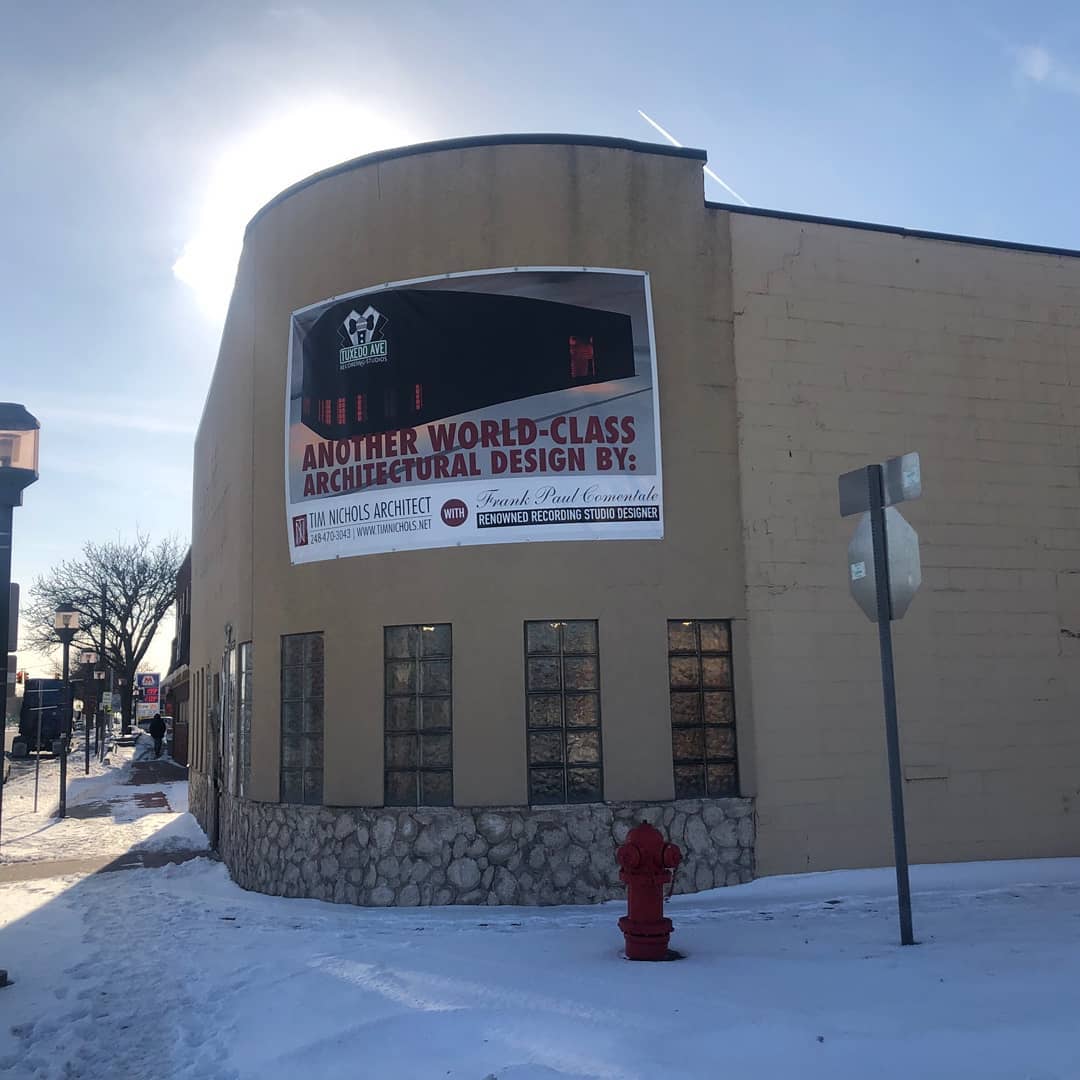Hey there! Paco Higdon here, owner and founder of Tuxedo Avenue Recording Studios. Thank you for coming to check out the Tuxedo Avenue website. As an up-an-coming studio nearing the end of construction, there will be frequent and significant updates about our progress in this blog, so be sure to check back often! In the meantime, let me tell you a little bit about our vision, and what to expect from Tuxedo Avenue.
The idea to build and open a recording studio did not come overnight. Our team knew it would be an expensive, competitive undertaking, and it would take a lot of work and time to create something that would fit our ambitious standard. Plus, in recent years, home recording has become so advanced that many musicians choose to save their money and do all the work themselves. Still, there’s never been any doubt in my mind that my favorite place in the world to be is the studio. Bringing one’s own ideas to life, producing and arranging someone else’s art to the next level, or even simply just listening back to your hard work in the highest fidelity, there’s a certain magic to the professional studio atmosphere that really can’t be recreated anywhere else (in addition to good equipment, tons of gear, and talented personnel, of course).
The hunt for a location was the first step. We were lucky to find a property for sale in downtown Roseville, at the junction of Utica and Gratiot. The building certainly needed a little love, but it was a spacious blank canvas- we could envision exactly where we wanted everything to go. There was a rounded corner with a high ceiling, which was perfect for a live room, connected to a smaller space, which was perfect for a control room. However, even with those bases covered, we still had thousands of available square feet at our disposal. After some back-and-forth with studio designer Frank Comentale, we decided on something a bit unique: production rooms, an assorted series of acoustically treated spaces. Supposing an artist needed their own space to record/mix themselves, or an acoustic singer-songwriter wanted to cut a demo without breaking the bank, or even if an artist truly needed to cut a vocal on a day that the main control room was already booked- several artists at once can work independently in the same studio environment.


